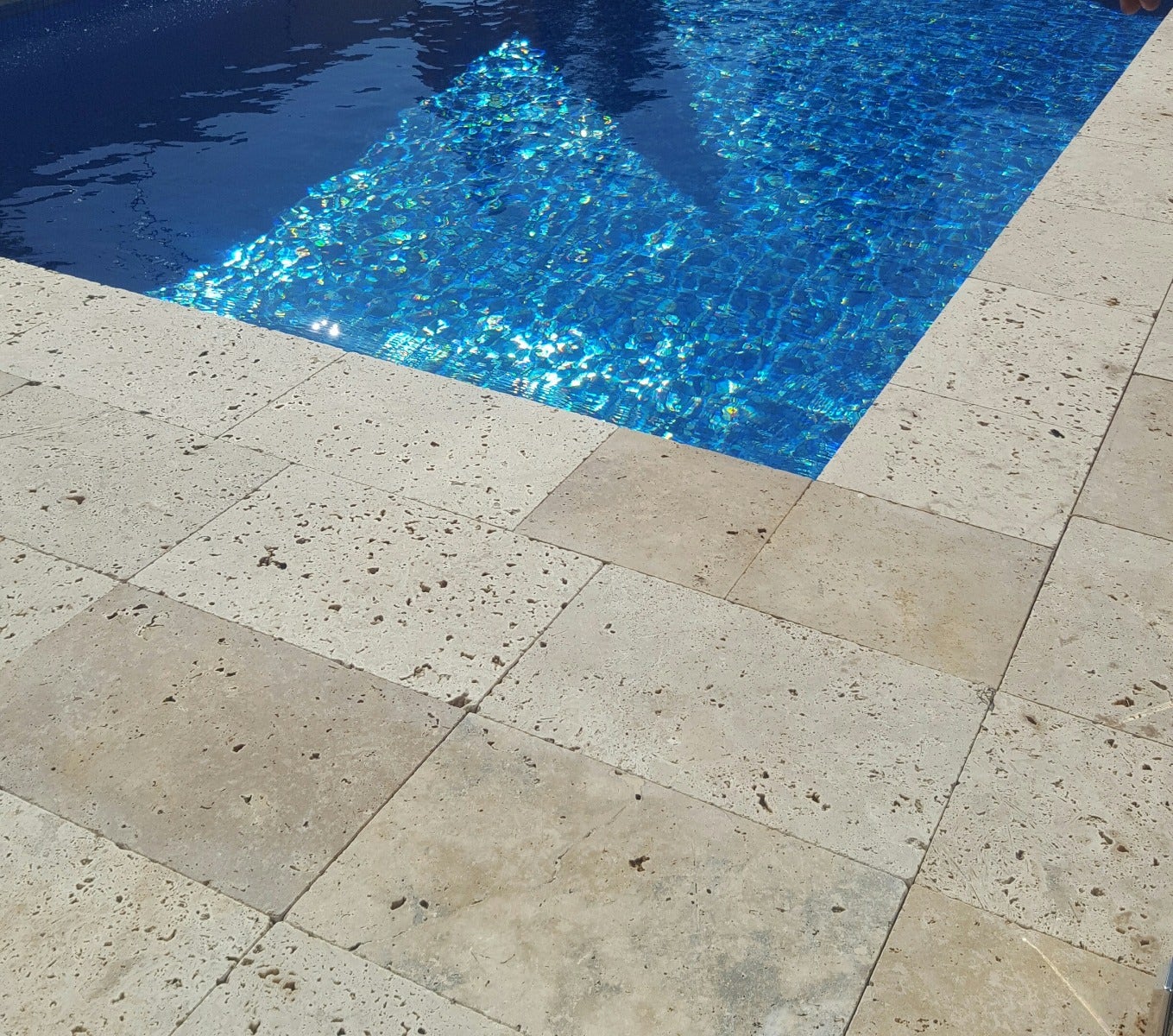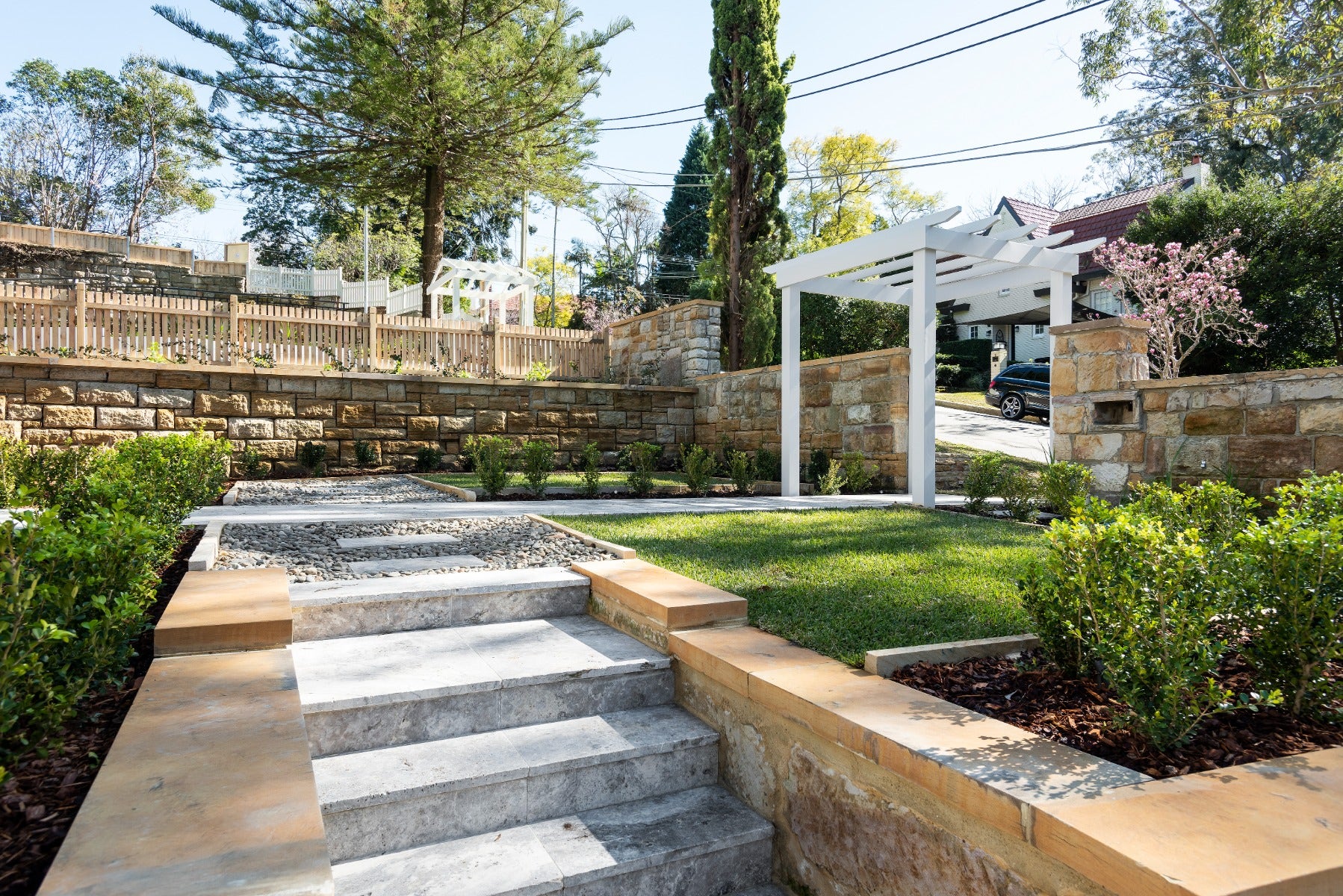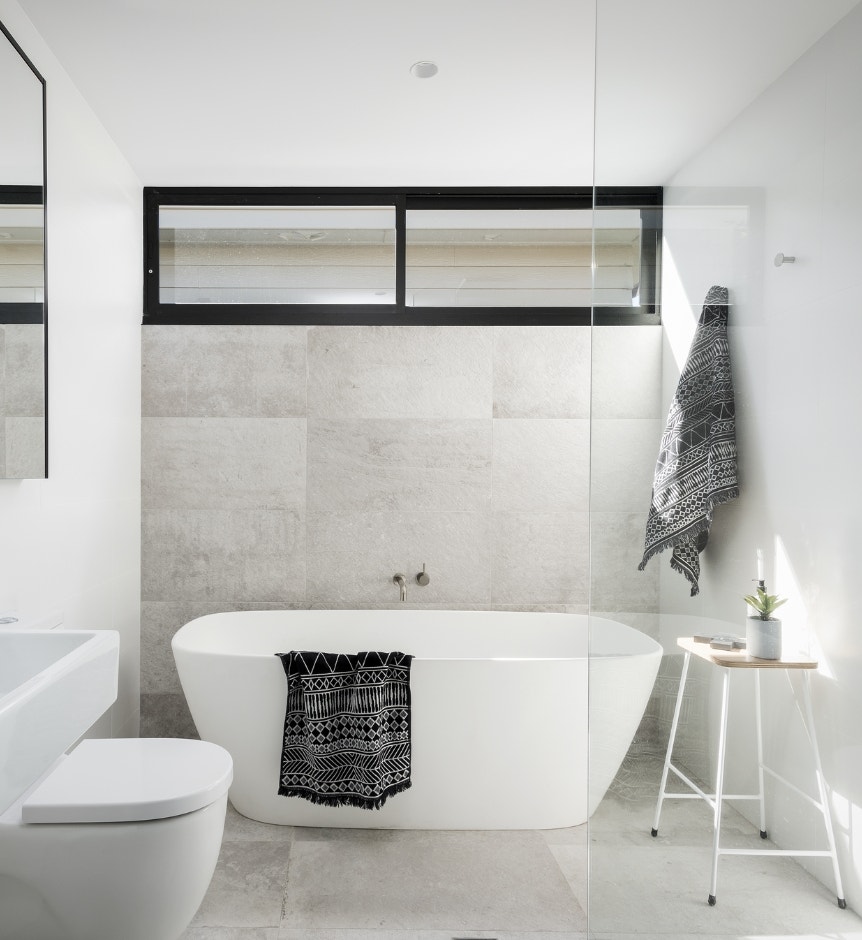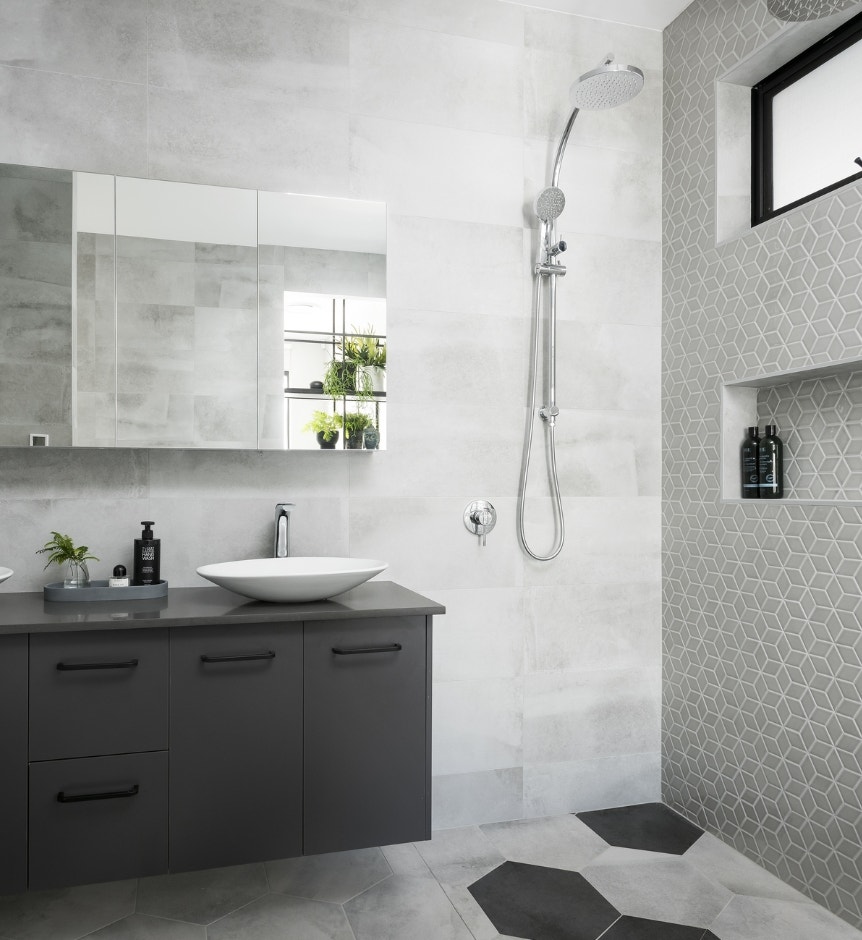Articles
What Colour Is Travertine? Common Travertine Tile Colours
10.10.22
What Colour is Travertine?
Travertine is a natural stone that comes in a variety of unique shades and tones. Depending on the location where it is sourced, travertine can range in colour from light cream to dark brown. It is often used in architectural applications due to its durability and beauty. Because of its wide range of colours, travertine can be used to create dramatic effects or subtle accents in any design scheme. When choosing travertine for your home or business, it is important to consider the overall tone of the space and how the different colours will work together. With its many shades and tones, travertine is a versatile material that can be used to achieve any number of desired effects.

Travertine colours
Grey/Silver
<a href="https://www.ambertiles.com.au/travertine-grey-lappato-600x600">Grey</a> or <a href="https://www.ambertiles.com.au/travertine-trojan-edge-platinum-fpx30">silver travertine</a> is becoming increasingly popular due to its unique look.
This shade is commonly used in flooring, backsplashes, and countertops.
This stone can be used to create a variety of looks, from sleek and modern to rustic and traditional.

Taupe
<a href="https://www.ambertiles.com.au/travertine-trojan-edge-country-mix-610x406x30">Taupe travertine</a> is a light brown shade with grey undertones.
It is one of the most popular travertine colours thanks to its versatile nature.
Taupe can be used in a variety of settings, from traditional to contemporary.
It works well with other earth tones like brown and tan, as well as bolder shades like black and white.

Beige
<a href="https://www.ambertiles.com.au/travertine-trojan-edge-premium-classic-610x610x15">Beige travertine</a> is one of the most popular shades of this stone, as it can complement a wide range of styles and colours.
One of the most common uses for beige travertine is flooring. Its smooth surface makes it ideal for high-traffic areas, and its light colour helps to brighten up a space.
Beige travertine can also be used for countertops, backsplashes, and fireplace surrounds.

Brown
Brown travertine is a type of stone that is characterised by its brownish colour.
It is commonly used in construction and interior design, and can be found in a variety of settings, including building facades, flooring, and countertops.
When exposed to sunlight, these minerals can cause the travertine to change colour, resulting in a warm, golden hue.
Rust
Rust travertine is a type of limestone that is characterised by its reddish-brown hue.
It is named for its rust-like colour, which is created by the presence of iron oxide in the stone. Rust travertine can also be used to create stunning accent walls and backsplashes.
Natural variations in travertine colours
Travertine is a natural stone that has a wide range of colours. The most common colours are tan, cream, and white, but travertine can also be found in shades of yellow, pink, red, and grey. Because it is a natural stone, each piece of travertine is unique. The colour and pattern of the veining will vary from one piece to the next, meaning that no two pieces of travertine are exactly alike, this is one of the reasons why travertine is such a popular choice for floors and walls Unlike manufactured flooring, which has uniform designs, travertine offers a one-of-a-kind look that adds character and personality to any space.

How the finish impacts travertine’s colour
Finishes can have a big impact on the final colour and appearance of travertine. For example, a matte finish will typically result in a more muted look, while a glossy finish will make colours appear brighter and more vibrant. When choosing travertine for your home, be sure to keep the desired look in mind so you can select the right finish for your project.
Polished
A high-quality polish will bring out the best in travertine, enhancing its natural beauty. However, a poor polish can actually change the colour of travertine, making it appear dull and lifeless.
Honed
When travertine is honed, the surface of the stone is sanded down to create a smooth, matte finish. This process can have a significant impact on the colour of the travertine. Honing can lighten the stone's colour, as well as give it a softer, more muted appearance. In some cases, honing can also bring out hidden vein patterns that were not previously visible.
Brushed
A brushed finish will typically result in a darker shade, as it brings out the darker hues in the stone. In contrast, a polished finish will tend to bring out the lighter colours. As a result, travertine with a brushed finish will often have a richer, more elegant appearance.
Tumbled
A tumbled finish is achieved by tumbling the travertine tiles in a rotating drum with small pieces of stone. This process gives the travertine a distressed, antiqued look. It also softens the edges of the tile and gives it a more weathered appearance.
Summary
If you are looking for an elegant flooring solution that will add sophistication and style to your home, consider using travertine tiles in your next renovation project.
Our team has years of experience sourcing and supplying the highest quality travertine tiles available. Browse our website today for travertine tiles.




